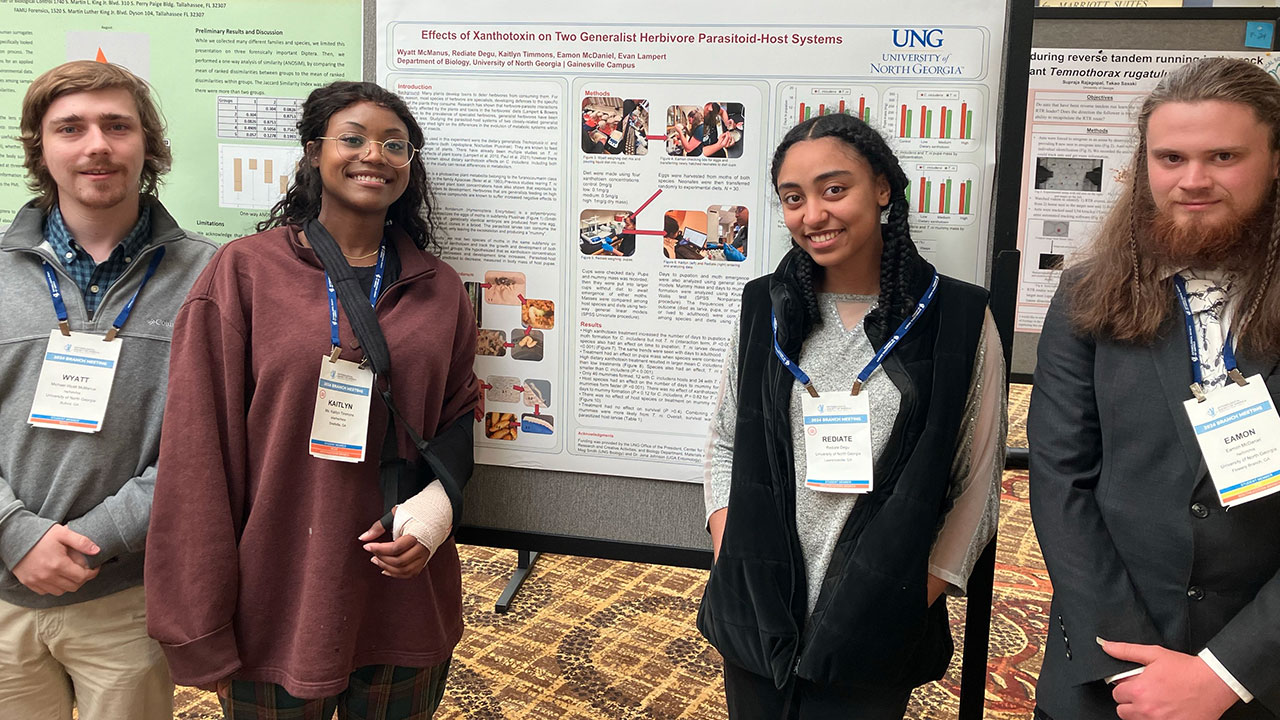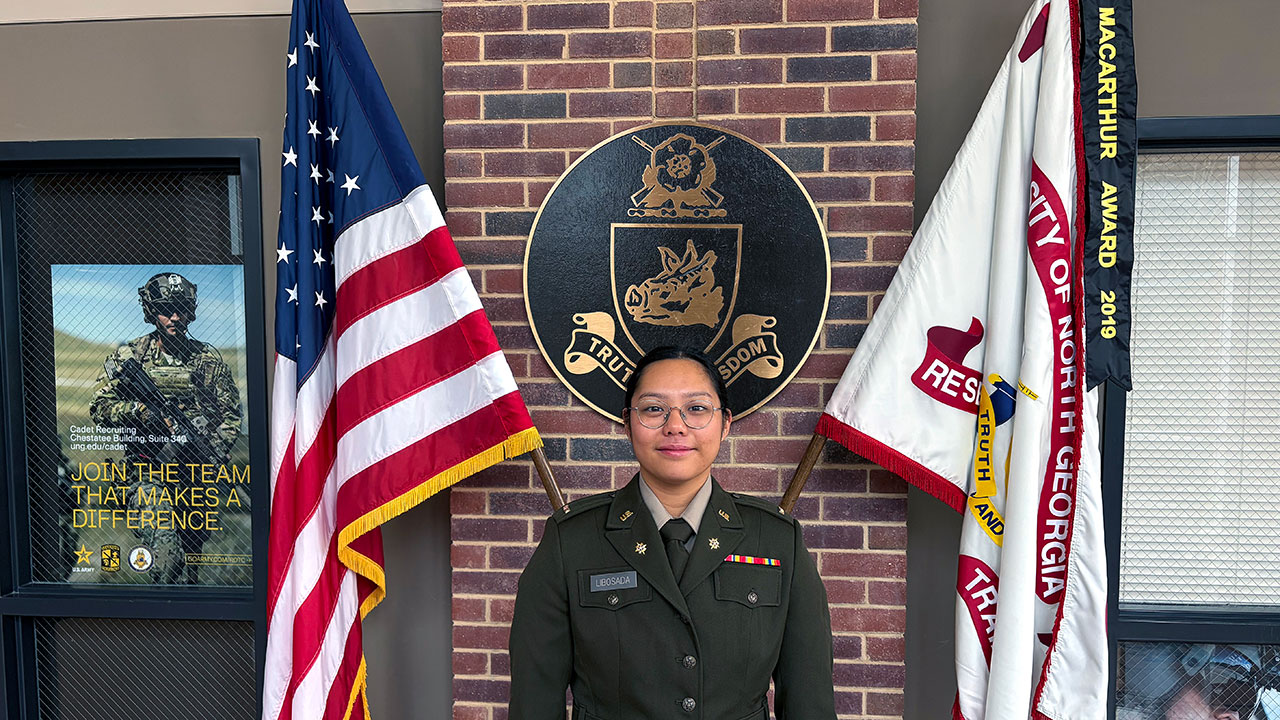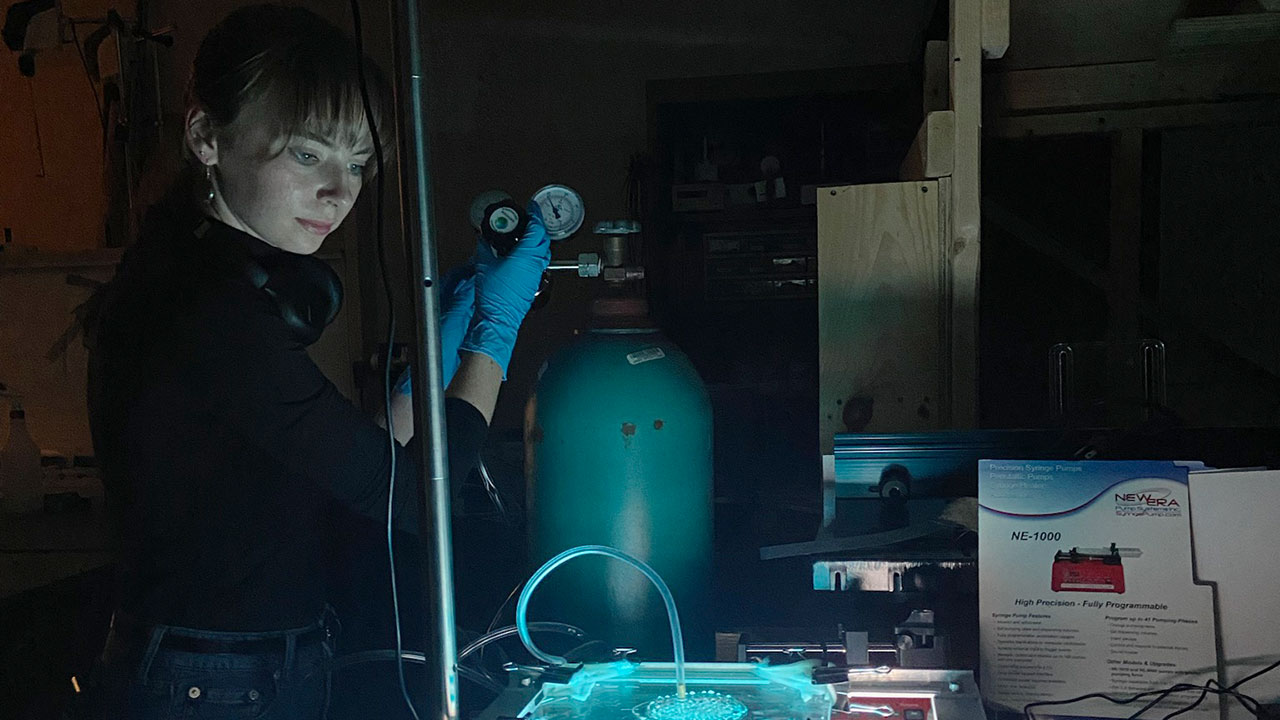Biology professor readies to research 17-year cicadas

While he has a Ph.D. in entomology and works with insects on a regular basis, Dr. Evan Lampert has never seen a 17-year cicada alive.
"The last time that brood of cicadas emerged was in 2004, and I was in graduate school in Fargo, North Dakota," said the professor of biology at the University of North Georgia (UNG). "The closest cicada population to me was in southern Illinois. So I was a long way away from seeing them."
This spring, Lampert expects to see thousands of the 17-year cicadas as they emerge in late April and early May across northeast Georgia. He plans to collect them for research purposes after the insects pop out of the ground to mate for a few weeks before dying.
"The adults will emerge together in massive numbers and stay alive for a very short time," Lampert said, explaining this year's cicadas are designated as Brood X. "It's their strategy to remain alive and not go extinct."
With a short timeframe, Lampert and a handful of students will search for the cicada populations, identify their location and collect data such as their species and other characteristics.
"My main interest is the geographic range of Brood X," Lampert said. "I want to know where they are located in Georgia and if they have grown in population. The only way to find that out is to take samples of the cicadas."
To do that, he and his students are fanning out across northeast Georgia to search for signs of the insects. Signs include the mounds on the top soil from which they emerge, their attachment to trees, and their loud mating call.
"Their mating call is over 100 decibels," he said. "We can drive around with the windows down to find them at different locations."
With so much ground to cover, Lampert knows he can't conduct his project alone. He seeks help from UNG students on all five campuses as well as community members to locate the cicadas.
The 17-year cicadas are easy to recognize. They are less than 2 inches in length with a black body, orange wings and bright red eyes.
"They are noticeably different from the annual cicadas that have green-brown bodies and dark eyes," Lampert said.
To help with the location of cicadas and their population, contact Lampert at evan.lampert@ung.edu or by calling 404-707-3804.



